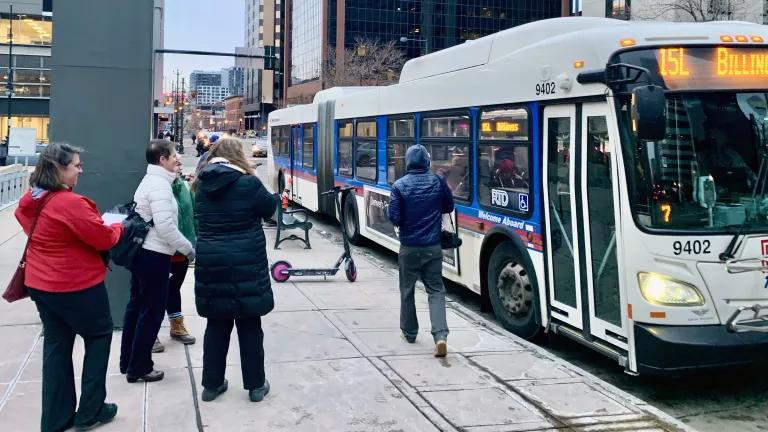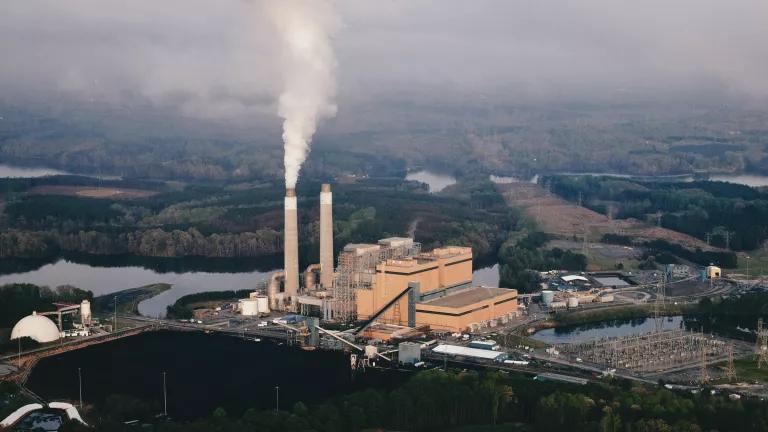
In the aftermath of Keystone XL's rejection, proponents of the tar sands pipeline are dusting off their old argument that tar sands expansion will simply move forward using rail. This claim was a lot easier to make in the early years of the Keystone pipeline debate before Canada's National Energy Board (NEB) and the United States' Energy Information Agency (EIA) began publishing official data on crude by rail movements. Now, a simple look at government data shows that 1) the long threatened deluge of Canadian tar sands to the Gulf Coast by rail never happened; 2) Canadian crude comprises a tiny fraction of the crude moving by rail in the United States and 3) Canadian crude shipped by rail has declined markedly, despite the delay and rejection of Keystone XL. But the strongest argument that Keystone XL's rejection is going to result in less tar sands, rather than more tar sands by rail, comes from Shell. In late October, when Shell announced it was walking away from its 80,000 barrel per day (bpd) Carmen Creek tar sands project - a project that Shell had spent $2 billion to build over two years - the company attributed its decision to "a lack of infrastructure." In other words, Shell would rather walk away from $2 billion than move forward with its tar sands project using rail as a principal means of transportation. It's understating the case to say that rail isn't an attractive alternative for tar sands producers. In fact, you couldn't pay some tar sands companies $2 billion to even try it.
Simply stated, rail is too expensive and logistically challenging to take the place of pipelines and support expanded tar sands production. Tar sands oil is some of the most expensive in the world to produce - and shipping crude by rail to the Gulf costs twice as much as by pipeline.
In addition to being expensive to produce, tar sands projects are also some of the longest lived. Some individual projects are expected to maintain production for as long as 50 years. For companies considering whether to pour tens of billions of dollars into a tar sands project, knowing whether they'll have access to cheap pipeline capacity over the project's long life plays a major role in their decisions to move forward with it. In fact, this consideration is often more significant than short term fluctuations in oil prices.
Let's look into the details:
The tar sands industry is canceling projects rather than shifting to rail. Shell's decision to cancel its Carmen Creek in situ project due to "the lack of infrastructure to move Canadian crude oil to global commodity markets" was only the latest in forty tar sands project cancellations - comprising over 1.6 million bpd of production - over the last two years. However, Shell's decision was notable in that it was the first project which was already in construction and for which the company had invested $2 billion. Moreover, it was an in situ facility - the type of tar sands project that was considered to be the most protected from low oil prices and transportation bottlenecks. There could be clearer evidence that rail is a substitute for pipelines like Keystone XL.
Canadian crude by rail exports are small (and have been declining). Contrary to the dire industry forecasts in recent years, the EIA reports that only about 10% of U.S. crude shipments in 2015 have been from Canada - and not all of that is tar sands crude. Data from the NEB shows that there has been a market decline in Canadian crude exports by rail this year - with figures from April to June averaging little more than half that in 2014 - or about 80,000 barrels per day (this stands in stark contrast to the claim by industry boosters last year claimed that Canadian crude by rail would exceed half a million barrels per day in early 2015). Even the Canadian rail industry doesn't believe that rail is a substitute for pipelines.
Keystone XL would not have taken crude off of the rails. The vast majority of crude by rail moving in the United States comes from domestic sources in North Dakota, Colorado and Texas. Over two thirds of the crude moving by rail in the United States is going to the East Coast or the West Coast (and as folks know, Keystone XL would have gone to the Gulf Coast). It's important to note, North Dakota's producers aren't interested in new pipelines to the Gulf - they've turned down three major pipeline proposals by Oneok, Koch Industries and Enterprise that would have shipped more than a million of barrels a day to the Midwest and Gulf Coast. The simple fact is that for a variety of reasons, North Dakota's producers prefer shipping their crude by rail to the East and West Coasts than to the Gulf Coast by pipeline.
In other words, while the lack of common sense safeguards around oil by rail are a legitimate reason for public concern, the solution is to strengthen rail safety regulations. There is little question that the proposed Keystone XL tar sands pipeline would have enabled new tar sands production, not take crude off of the rails.



